So you probably know a sliding barn door needs special sliding hardware...but did you know it also needs a floor guide?
This small component seems like a nice-to-have accessory. But actually, it’s an essential part of any sliding barn door system. Finding a floor guide online can be challenging because of the need to balance door sizing concerns with site conditions. The kind of floor you have, whether your sliding door is interior or exterior, and your design preferences all influence what kind of floor guide will complete your barn door system. This article is your complete source for finding the best barn door floor guide for your space.
Why does your barn door need a floor guide?
Barn doors are a clever way to save floor space and add visual interest to a room. In practical terms, they’re ideal for many commercial projects—most obviously barns, of course, but also for offices, restaurants, and event spaces. They slide along the wall with an exposed hardware track above. Floor guides are critically important for sliding barn doors because without them, barn doors would have nothing to guide the bottom of the door parallel to the track. A door without a floor guide can wobble on the track and in severe cases fall off the track, which is obviously a safety hazard.
If you don’t have a barn door floor guide, not only could it lead to safety issues, it could also result in annoyances like noisy sliding hardware, or door and sliding hardware getting damaged from the instability of the system. For all these reasons, a floor guide is a must for any barn door.
But how do you know which type of floor guide is right for your project? Read on to find out.
Types Of Sliding Door Floor Guides
The C Guide: An Elegant Design

The C guide is a C-shaped guide that keeps your barn door in place but in an elegant, low-profile way.This design is a RealCraft original, created because we believe barn door hardware should look sleek and stylish.We have twoavailable configurations for the C guide.
Our standard version comes infour sizes:1 3/8", 1 1/2",1 3/4", and 2 ¼".Each size refers to the thickness of the door.So if your door is 1 ½" thick, choose the 1 ½" C guide.
We also have an adjustable version that can fit wideror smallerdoors, too. Available in two lengths, select the standard adjustable for thinner doors. And for doors thicker than 2 ¼", theExtraLarge adjustable C guide is your best bet. The taller dimension of theextra large adjustable C guide looks more proportional on larger doors.
Why is the RealCraft C guide the best barn door guide for most situations?
The C guide is ideal for most barndoors,because it comes in so many size options. But that's not all. It won’t clash with your decor or look out of place. Whether your style leans modern or traditional, farmhouse or upscale glam, any sliding door design is quietly complemented by this guide, instead of overpowered. Made from durable American steel, and machined here in Washington state, the C guide is our most popular sliding door floor guide.
If your barn door system is bypassing, and includes two doors, two C guides side by side add stability. Just make sure you have adequate clearance in between the door slabs to fit both guides side by side.
The T Guide: The Lowest-Profile Floor Guide

The T-guide comes standard with all our sliding door hardware kits. Like the name suggests, it's a T-shape with a bottom bracket that screws into the floor, and a vertical glider that slots into the bottom of the door. While this guide is the only one that requires a modification to a door, with that little slot, it's virtually invisible while in use. This makes it the lowest profile option we offer at RealCraft. If you order a sliding door from us, please let us know if you'll also be using a T guide. We'll add a slot in your door at no additional charge.
We offer a black polymer T guide, or a corrosion-resistant brushed stainless steel option. The stainless steel option is suitable for exterior applications, and it is adjustable for an even more precise fit and smooth door operation.
Wall Mounted Roller Guide: For When You Can't Drill Into The Floor

This roller guide mounts to the wall rather than the floor, unlike the other floor guides. The wheel then keeps the door moving in the right direction. A wall-mounted barn door guide is optimal for thicker doors, or for situations where you can't drill into the floor. You may also simply want a more robust-feeling floor guide for peace of mind. Some use cases for the wall-mounted roller guide include: concrete flooring, original flooring in a historic home, and for doors between 1-½-2-¾ inches thick.
The Heavy Duty Roller Guide: For The Biggest, Heaviest Sliding Doors

This heavy duty roller guide is exactly what it says, a floor guide for industrial applications or very thick, heavy doors. It has no maximum door thickness limit.
If your barn doors are very large, this is the one for you. It features a polymer wheel for super smooth rolling, no matter how heavy the door is. Choose from black or stainless steel finish to coordinate with your other door hardware.
We recommend the industrial heavy duty sliding door floor guide for exterior or commercial applications, like horse barns, warehouses, or sliding garage doors. Note, however, that this guide does bolt into the floor rather than the wall.
Another excellent use case for this floor guide is in environments with uneven floors, because under-mount brackets may not sit evenly.
Now you know exactly which floor guide is best for your project.





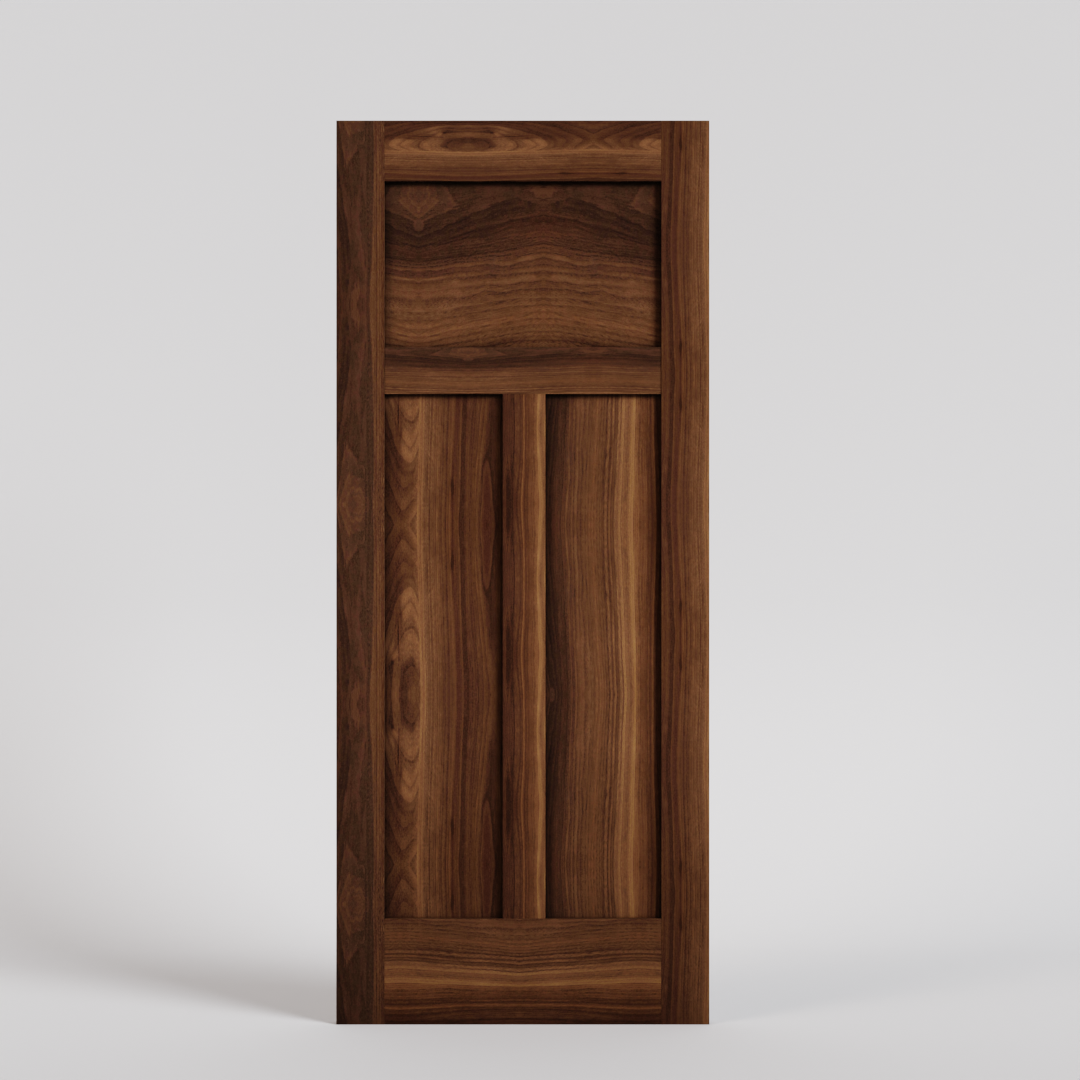
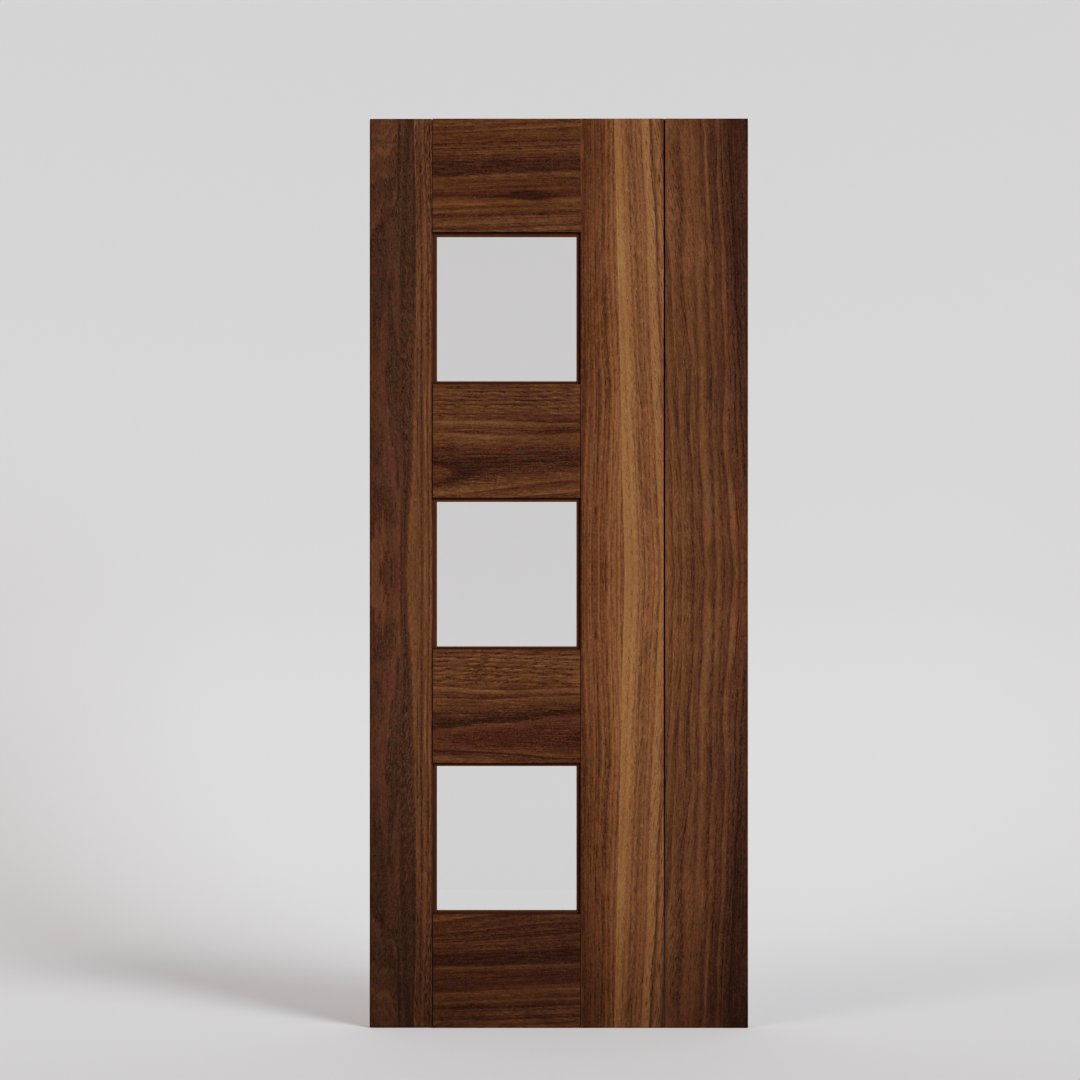
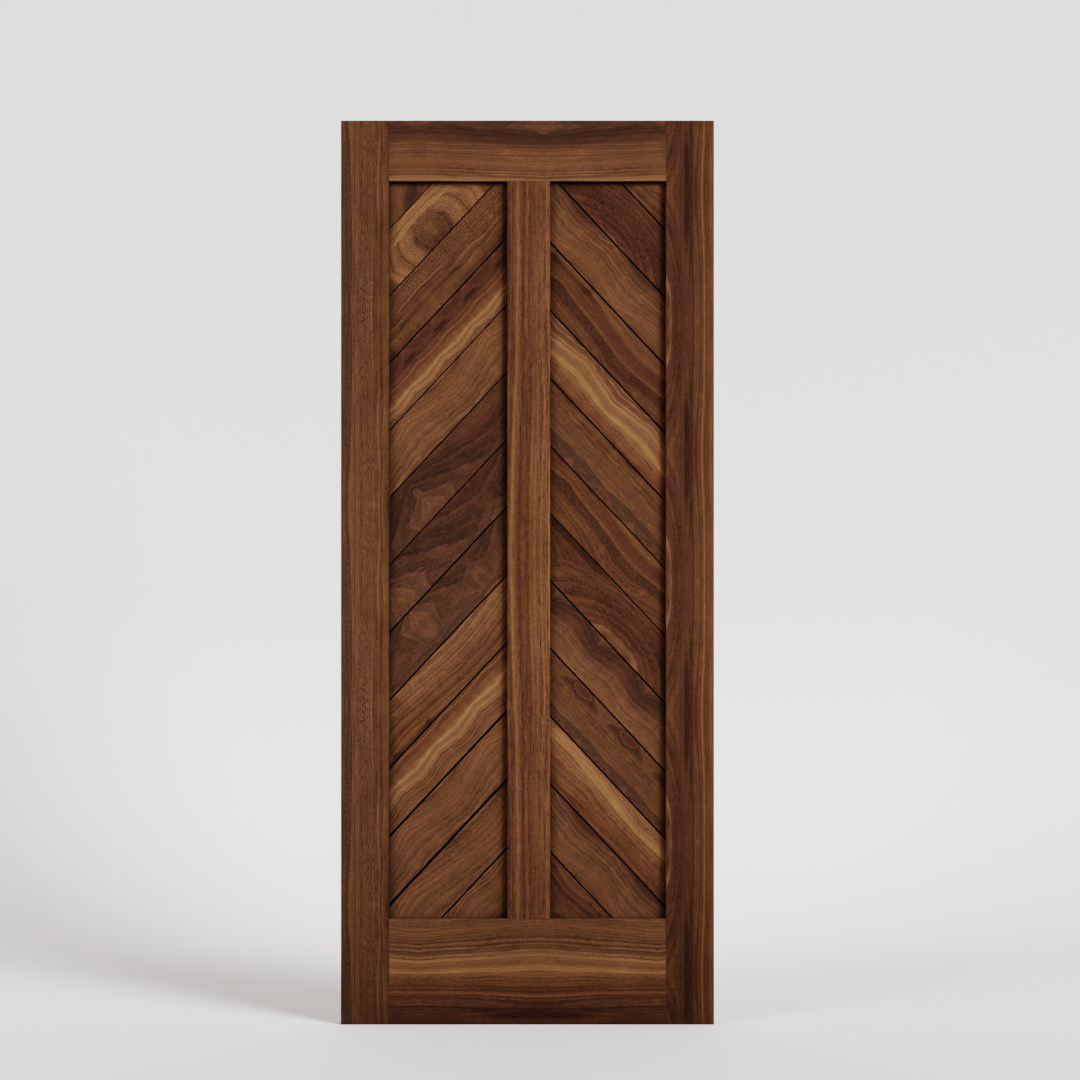
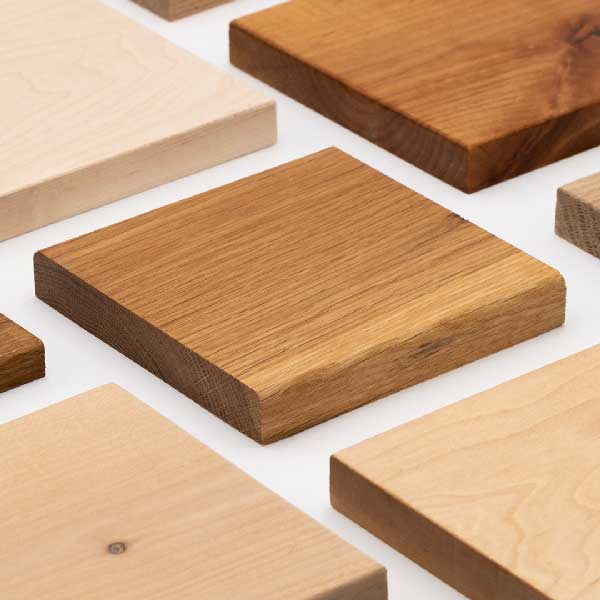

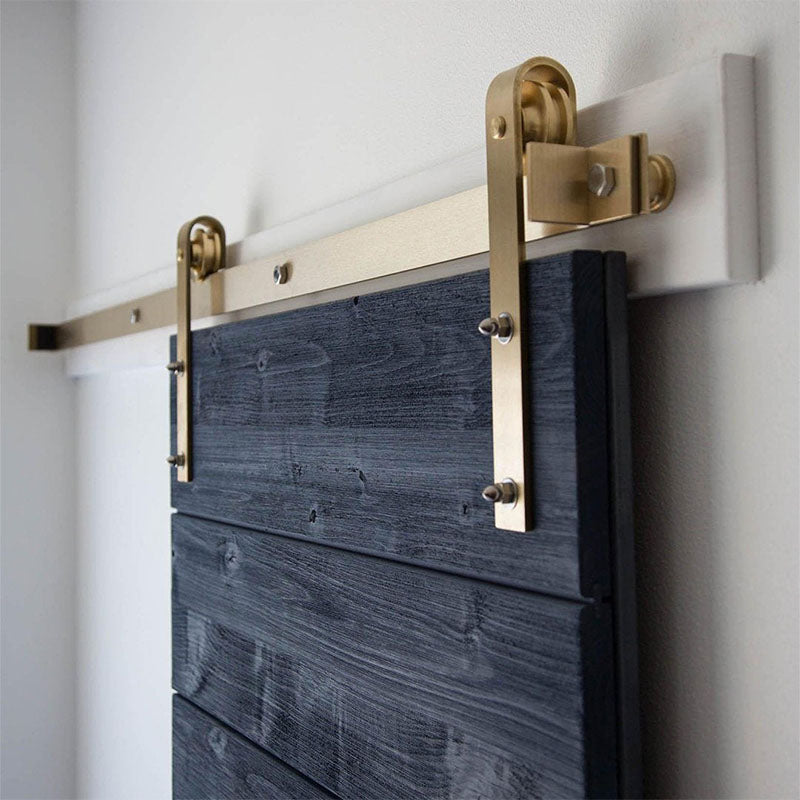
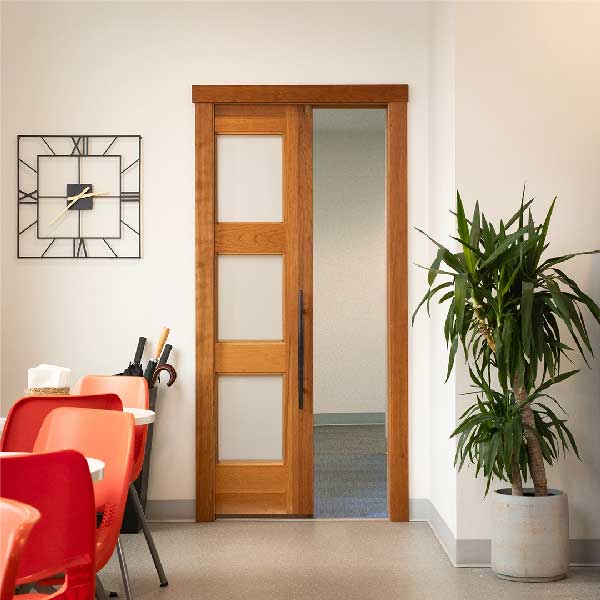

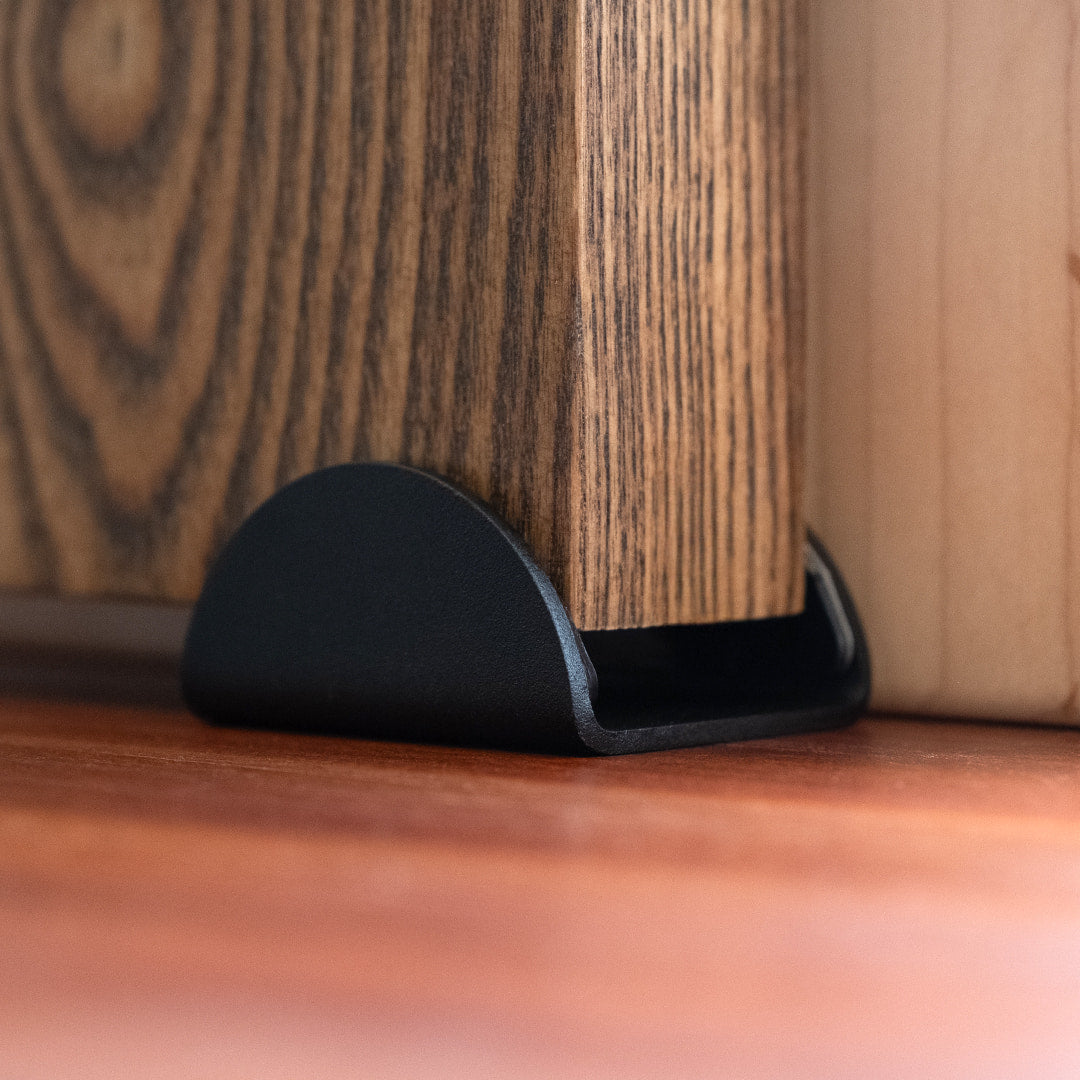
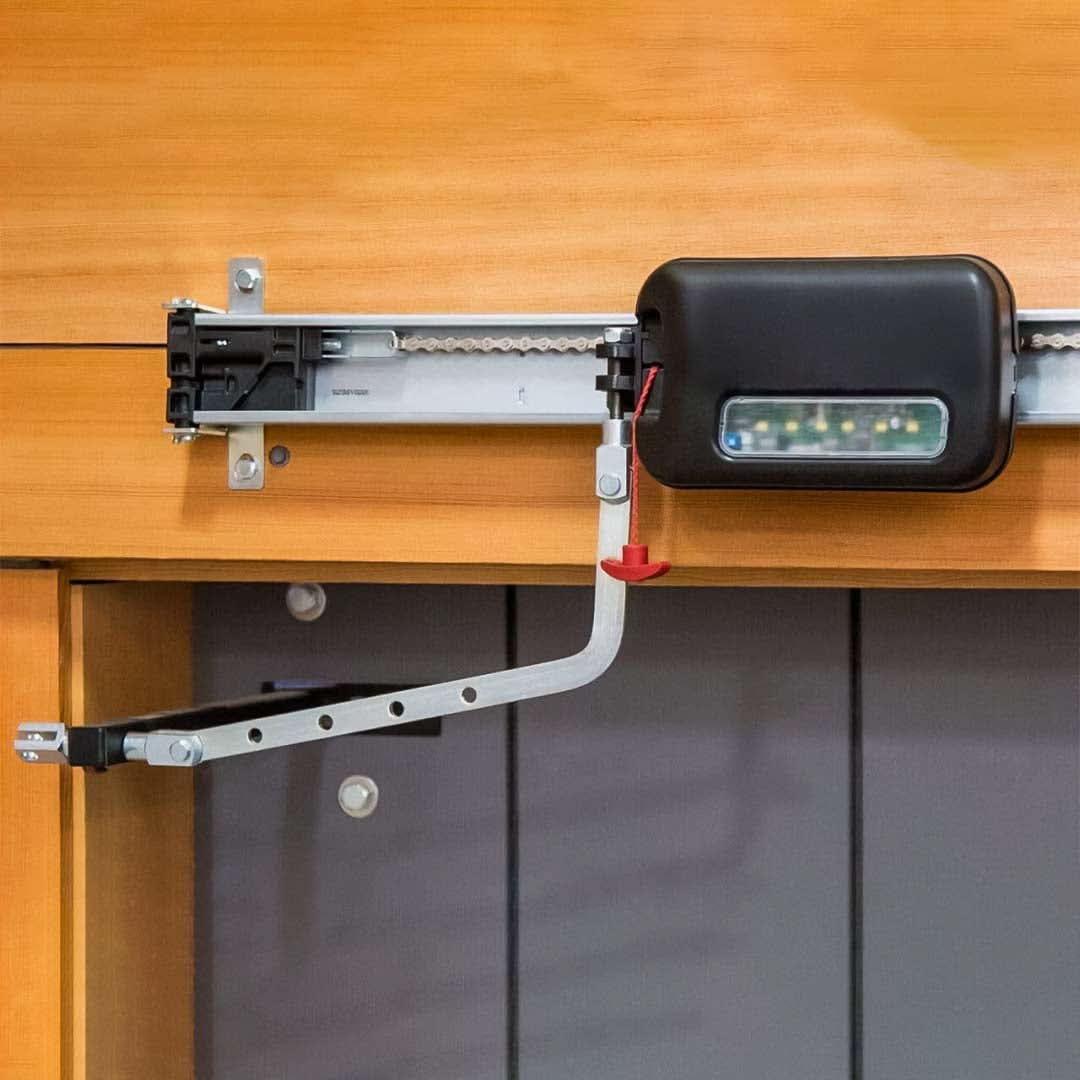






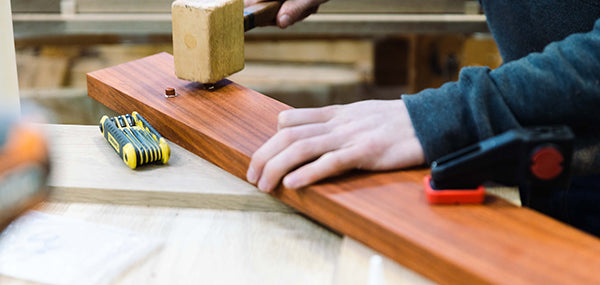

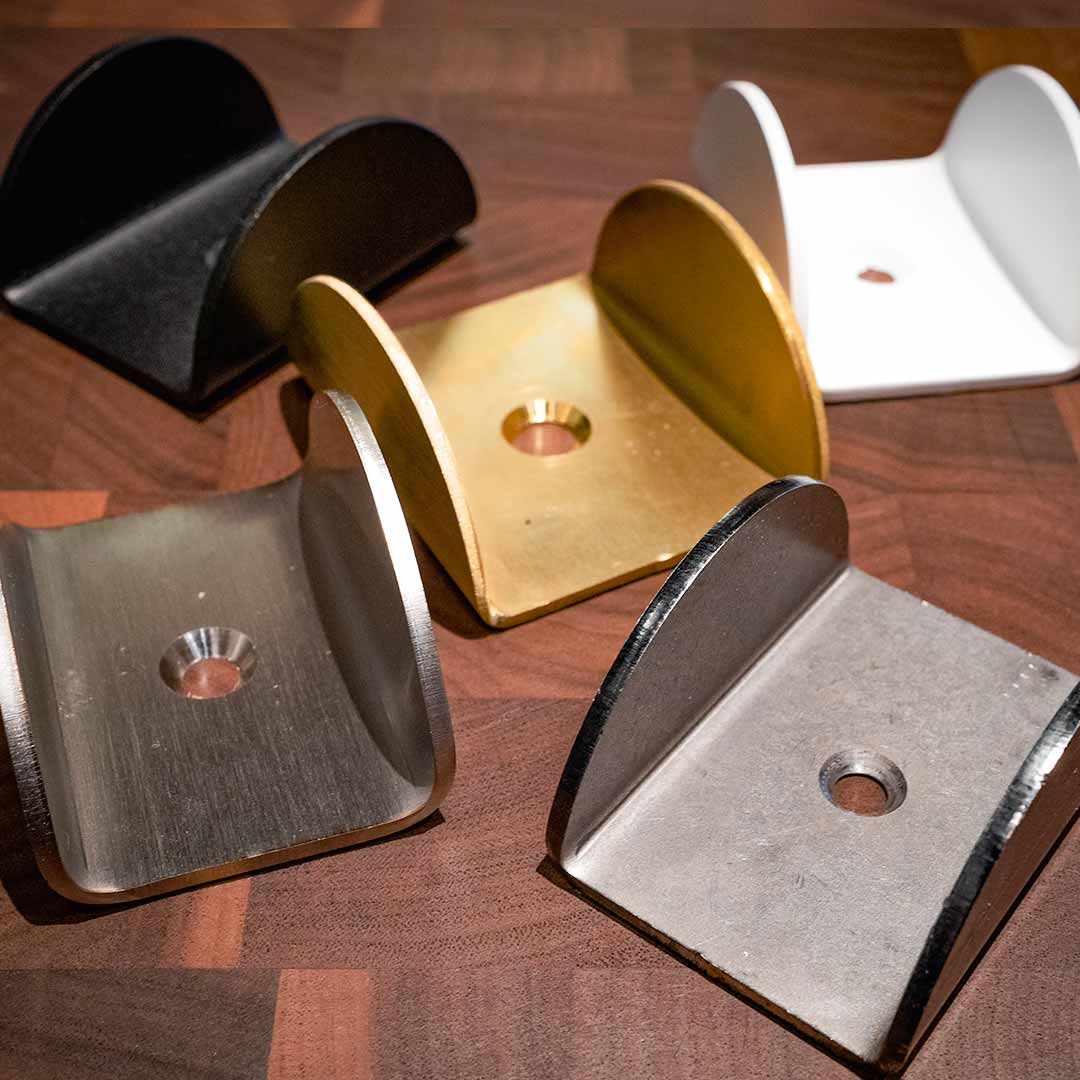


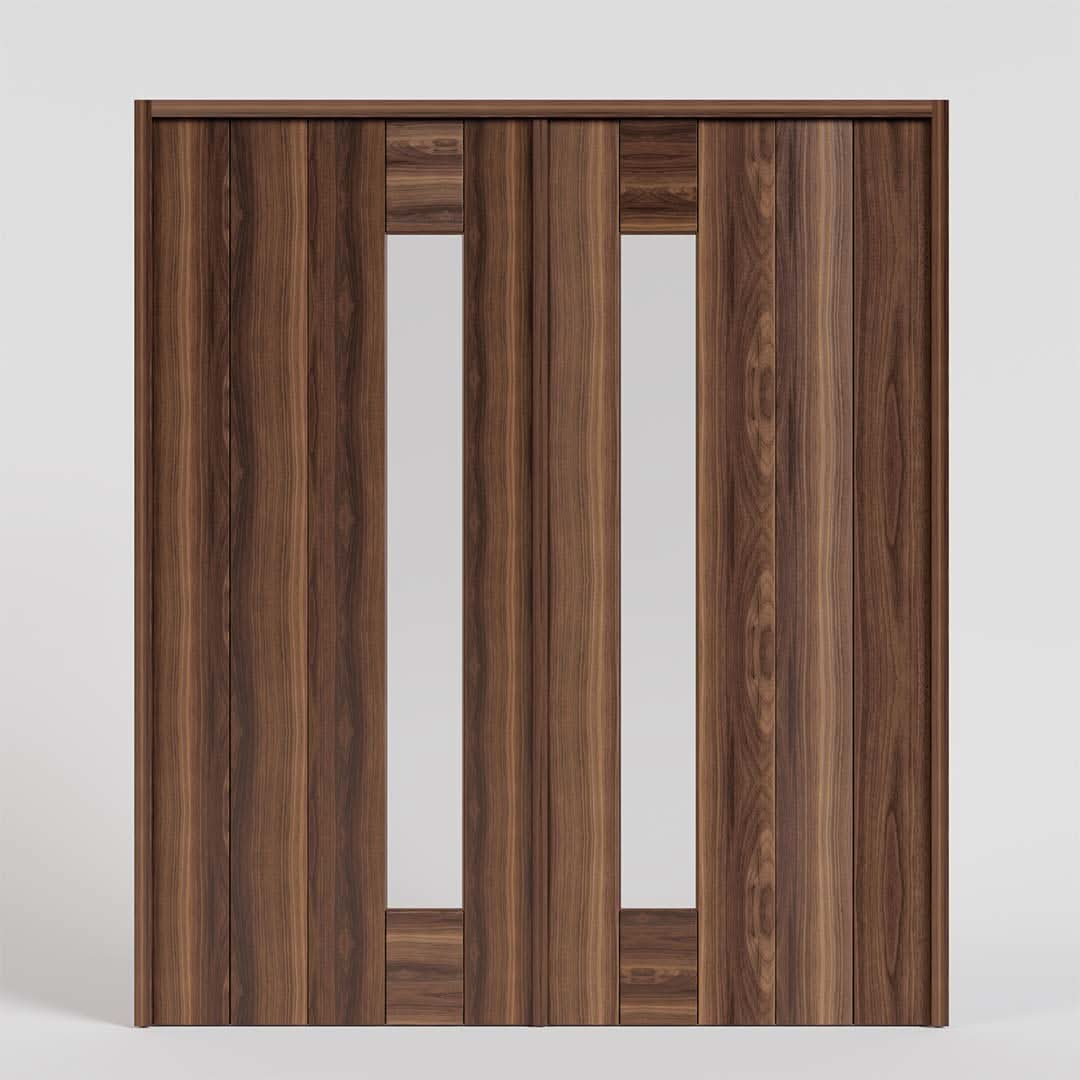
Sue Holzschuh
October 29, 2025
So what do you recommend for bypass bard doors? Entirely different situation. I need a rail for about 12 inches for support